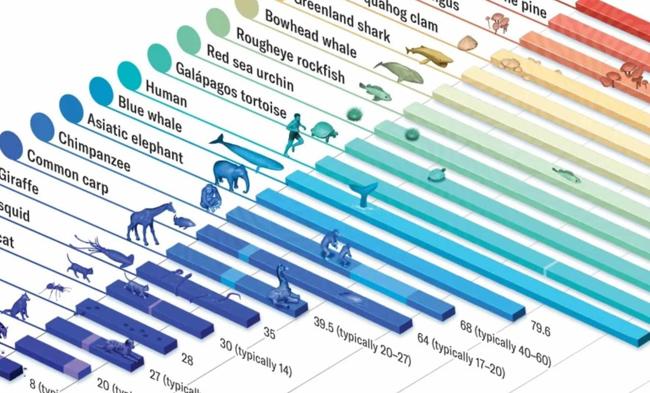Summary
Watson studied longevity long before she realized it, she says. The veterinary epidemiologist was recruited by the U.S. Navy to take care of aging dolphins in 2001.Venn-Watson planned to research the dolphins to get a better understanding of infectious diseases,
Source: CNBC on MSN.com

AI News Q&A (Free Content)
Q1: What is the 'longevity nutrient' discovered through the study of aging dolphins, and why is it significant?
A1: The 'longevity nutrient' identified by Dr. Stephanie Venn-Watson through studying aging dolphins is C15:0, also known as pentadecanoic acid, a type of odd-chain saturated fatty acid. This nutrient was found to correlate with better metabolic health and longer lifespans in dolphins, prompting further research on its potential benefits for human health. The discovery highlights a previously underappreciated role for certain dietary fats in promoting longevity and metabolic resilience.
Q2: How do nutrient-nutrient correlations in foods contribute to overall longevity and nutritional fitness according to recent scholarly research?
A2: Recent scholarly research demonstrates that nutrient-nutrient correlations in foods can have synergistic effects on nutritional fitness, meaning that certain pairs of nutrients together are more effective at satisfying daily requirements than when consumed separately. This network-based analysis of over 1,000 raw foods revealed that maintaining a balanced intake of key nutrients, such as choline and alpha-linolenic acid, is linked to higher nutritional fitness, which may support longevity by holistically meeting nutritional needs.
Q3: What are the main dietary sources of pentadecanoic acid (C15:0), the nutrient linked to longevity in dolphins?
A3: Pentadecanoic acid (C15:0) is primarily found in trace amounts in dairy fat and certain types of fish. Foods like whole milk, butter, and some fatty fish are among the main dietary sources of this odd-chain saturated fatty acid for humans. Its presence in the diet has been associated with improved metabolic markers in some population studies.
Q4: What are the potential human health benefits of increasing dietary intake of C15:0, based on current scientific evidence?
A4: Current scientific evidence suggests that increasing dietary intake of C15:0 may support metabolic health, reduce inflammation, and improve cellular resilience. Observational studies have linked higher levels of odd-chain saturated fatty acids, including C15:0, to lower risks of type 2 diabetes and heart disease. However, more clinical trials are needed to establish definitive health recommendations.
Q5: How does the discovery of a longevity nutrient in dolphins inform our understanding of nutrition and aging in humans?
A5: The discovery of a longevity nutrient in dolphins underscores the importance of comparative research across species for identifying novel dietary components that influence health and aging. It suggests that certain nutrients, historically overlooked in human nutrition, may play critical roles in metabolic regulation and longevity, offering new avenues for dietary guidelines and interventions.
Q6: What are the broader implications of network-based nutritional analysis for designing diets aimed at longevity?
A6: Network-based nutritional analysis allows researchers to identify foods and nutrients that work synergistically to fulfill dietary requirements, moving beyond single-nutrient approaches. This methodology could lead to more effective, holistic dietary recommendations that promote longevity by optimizing the nutrient balance and interactions present in whole foods.
Q7: What challenges remain in translating dolphin-based longevity nutrient research into practical human health recommendations?
A7: Key challenges include limited human clinical data on C15:0 supplementation, differences in metabolism between species, and the need to determine safe and effective intake levels for humans. Additionally, broader acceptance of odd-chain saturated fats as beneficial nutrients requires further evidence from large-scale, controlled trials before official dietary guidelines can be updated.
References:
- Odd-chain saturated fatty acids and incident type 2 diabetes: EPIC-InterAct Study, https://www.ncbi.nlm.nih.gov/pmc/articles/PMC4074298/
- Fatty acid biomarkers of dairy fat consumption and risk of cardiovascular disease, https://www.bmj.com/content/357/bmj.j1802





